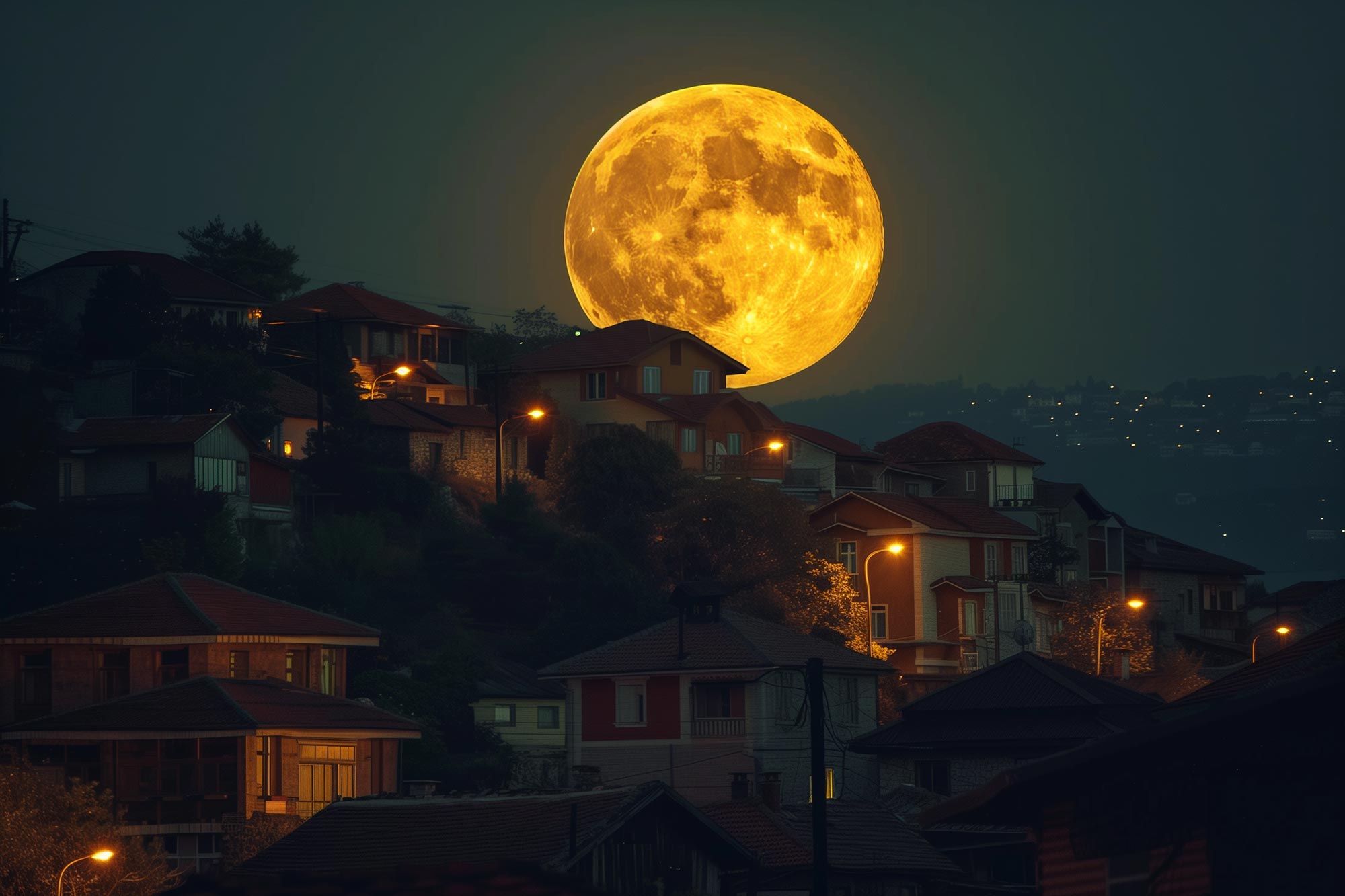
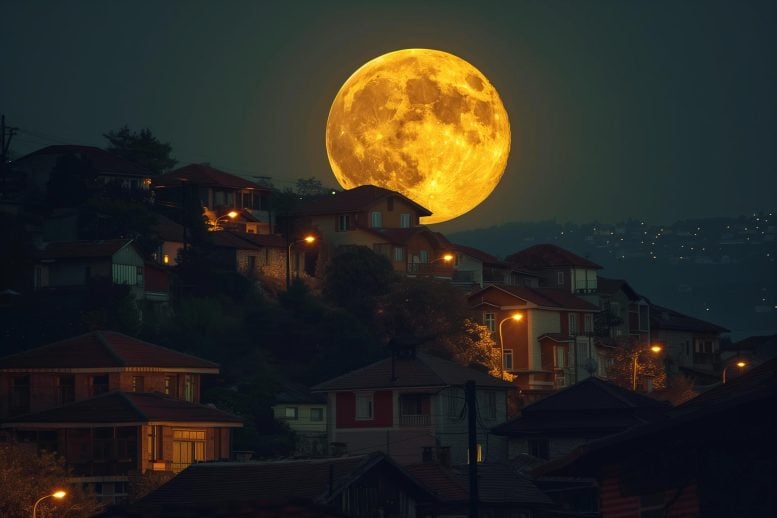
Catch the final Supermoon of 2024 on November 15, when the Beaver Moon will shine brighter and larger than usual.
The name “Beaver Moon” reflects the time of year beavers get ready for winter, paralleled by NASA’s research into the ecological effects of beaver dams, which supports more robust ecosystems.
The Spectacular Beaver Moon and Supermoon Phenomenon
Skywatchers, get ready! The next full Moon, known as the Beaver Moon, will be visible on November 15, starting at 4:29 p.m. EST. This event is especially noteworthy because it marks the final Supermoon of 2024, meaning the Moon will appear larger and brighter than usual.
Coined in 1979, the term “supermoon” refers to when a full Moon coincides with its closest approach to Earth. The Moon doesn’t orbit in a perfect circle. Instead, the Moon orbits Earth in an ellipse (shaped like an oval). This elliptical path causes the Moon’s distance from Earth to vary as it travels.
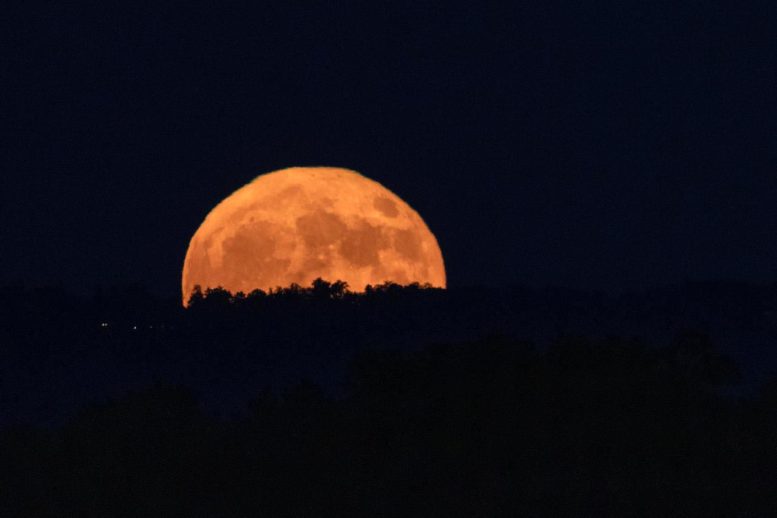
At its farthest point, known as the apogee, the Moon is about 253,000 miles from Earth. At its closest point, called the perigee, it averages about 226,000 miles away. Full moons can happen anywhere along this orbit, but when one occurs near the perigee, it appears slightly larger and brighter than the “average” full Moon—hence the term “supermoon.”
Supermoons aren’t rare; they’re a natural part of the Moon’s orbit around Earth. According to NASA scientist Dennis Gallagher, these events happen three or four times each year due to the combined motions of the Earth, Moon, and Sun.
“The Moon’s orbit takes it around the Earth about once every 27 and one-third days,” said Gallagher. “That time of closest approach to Earth, or perigee, happens three or four times each year due to the motions of Earth and the Moon around the Sun.”
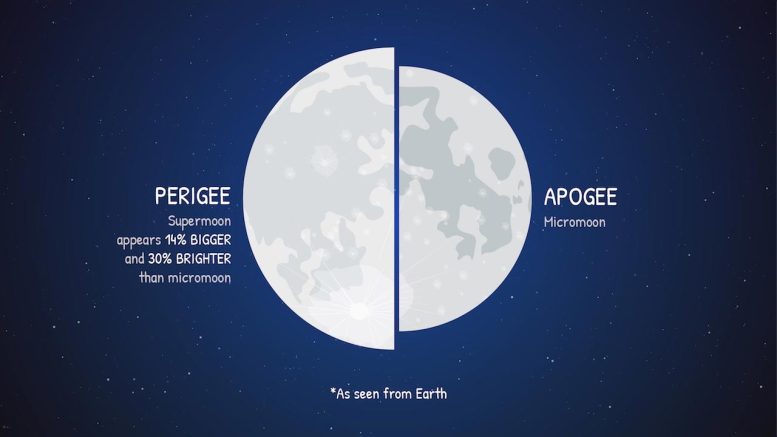
Why Is It Called the Beaver Moon?
Beaver Moon is one of the nicknames for the November full Moon. The term has origins from a variety of traditions and folklore in Native American and European culture. One explanation – November is when beavers prepare for the winter by fortifying dams and stocking their food supply. November was also the season to trap beavers for their thick, winter-ready pelts to use for warmer clothing.

Unveiling Beaver’s Unique Connection to Space
Did you know Beavers have another space-related connection? Not only is November’s full Moon named in the industrious animal’s honor, but NASA also helps measures the impacts of beaver rewilding.
NASA Applied Sciences’ Ecological Conservation Program helps fund a project, as a part of its Research Opportunities in Space and Earth Sciences grants, known as the Beaver Rewilding Project in Idaho.
The project uses NASA’s fleet of Earth-observing missions, like Landsat and Sentinel, to collect data across large areas of the world and pass over the same areas regularly across seasons. From above the clouds, NASA can track the landscape’s transformation after beavers arrive, helping researchers at Boise State University and Utah State University understand the pace and nuance of beaver impacts without having to send researchers into remote areas.
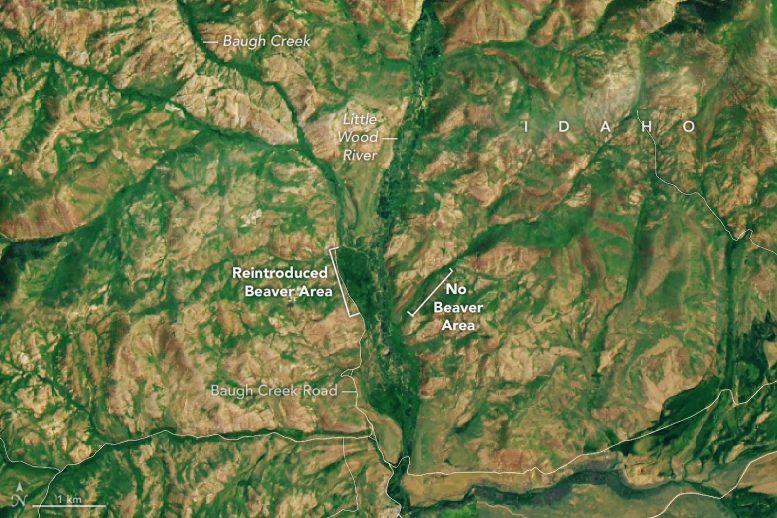
The data showed that when beavers build dams across streams, they naturally disperse and hold water on the land longer, which supports more plants and creates habitats like ponds and meadows. The dams also create more fresh drinking water and better grazing land for cattle, and they make the landscape more resilient to fire and drought.
Read more about NASA’s role in beaver rewilding.
Enjoy 2024’s last supermoon knowing beavers and space have more in common than you may think!

